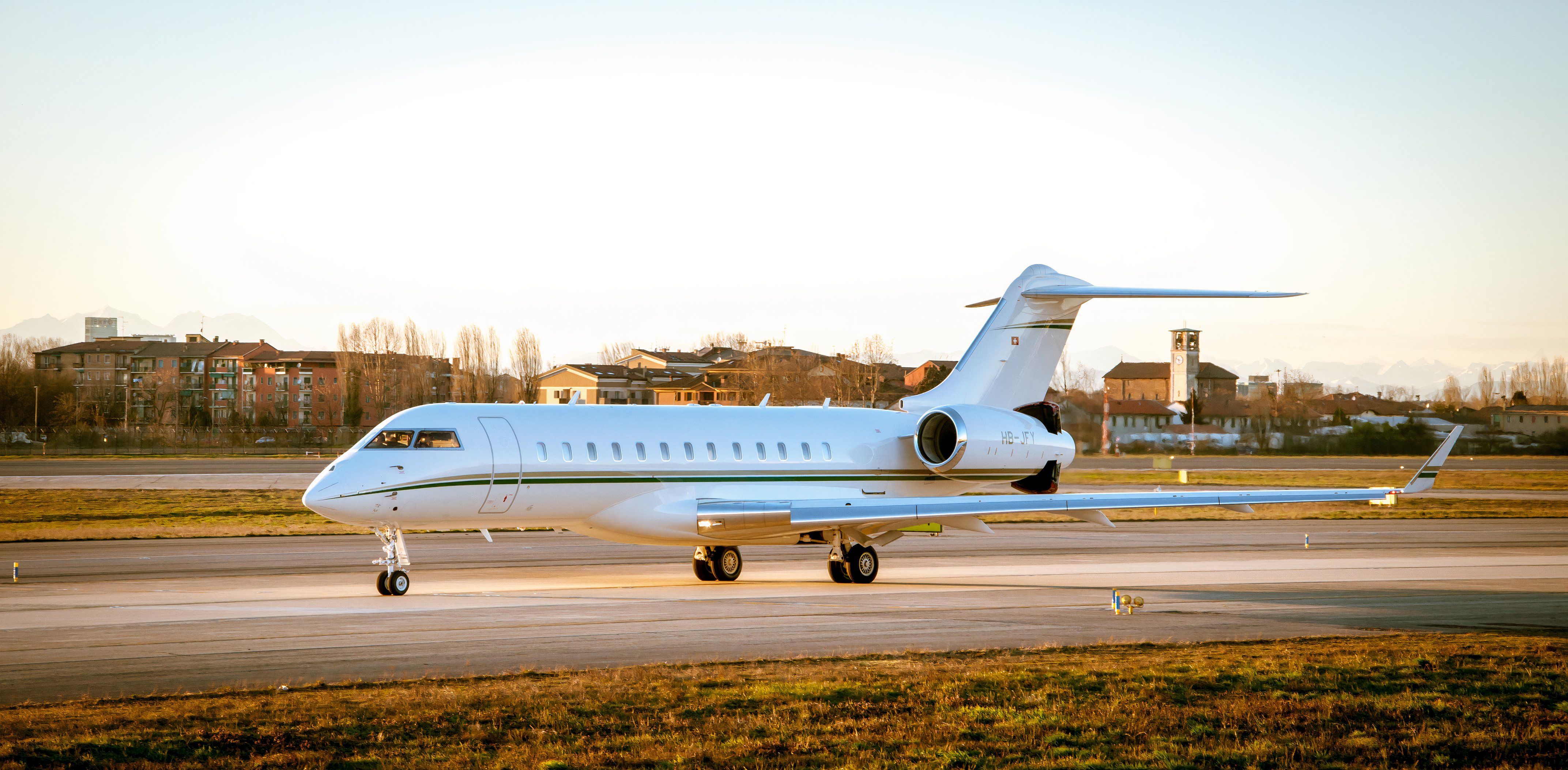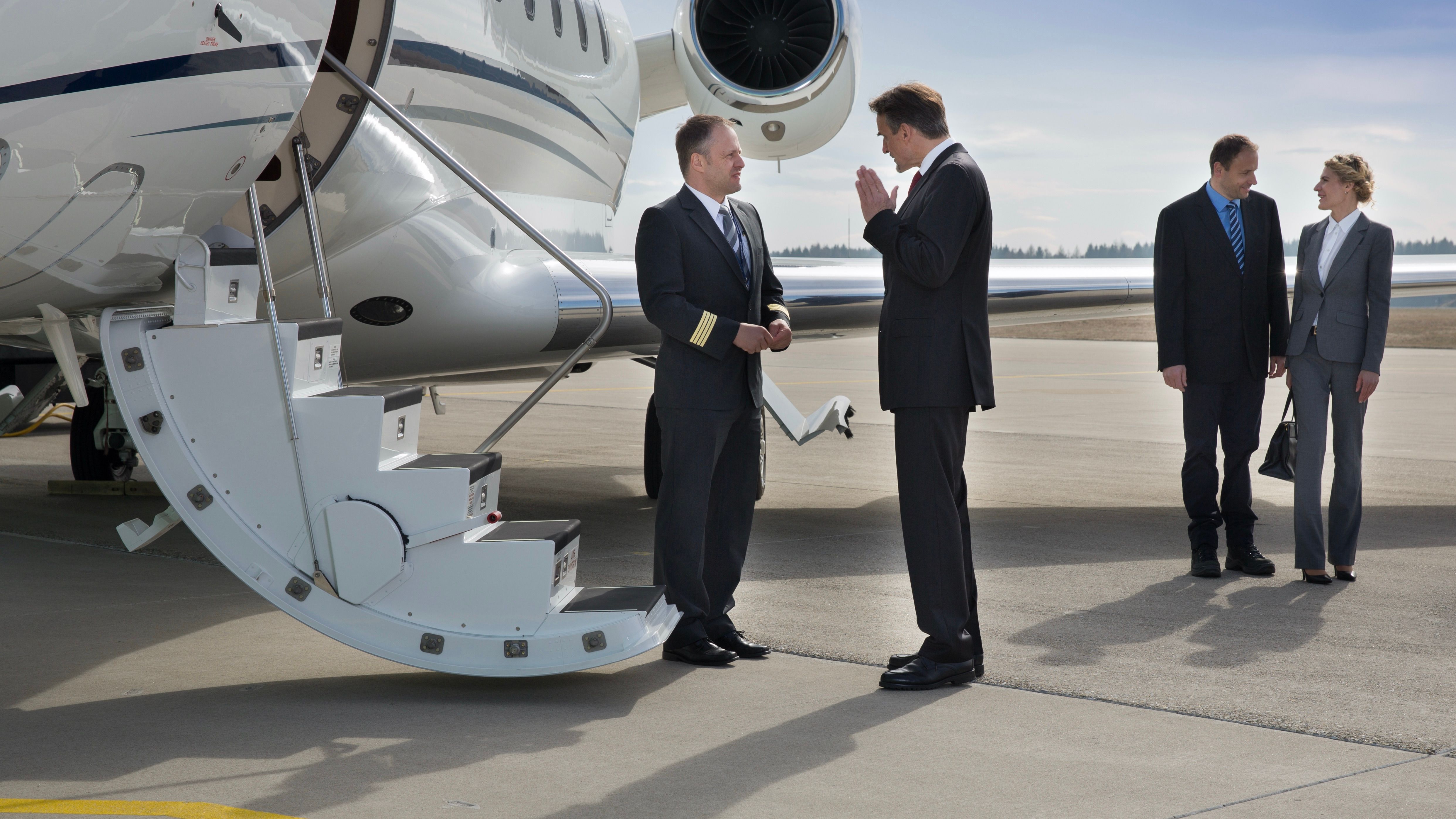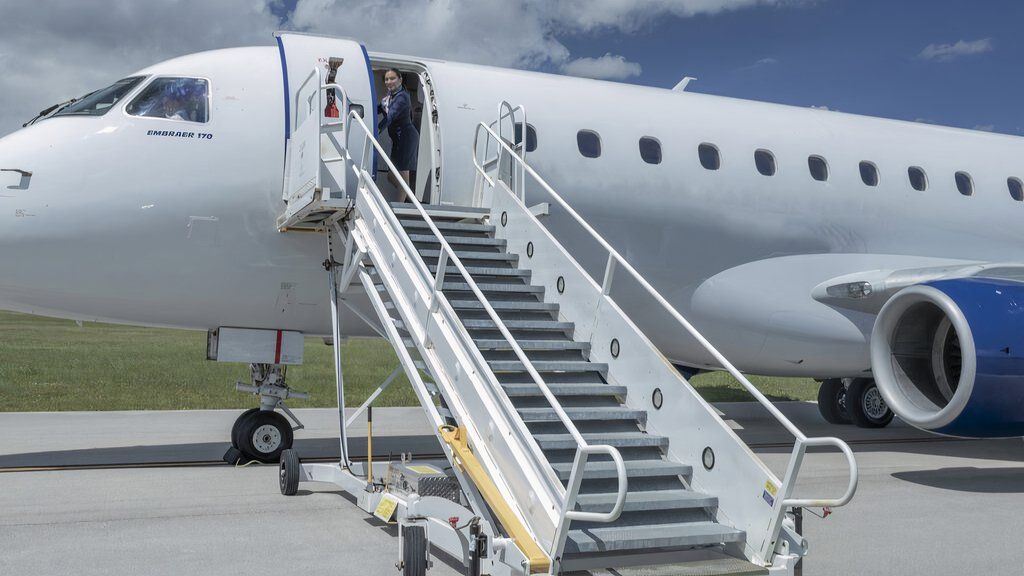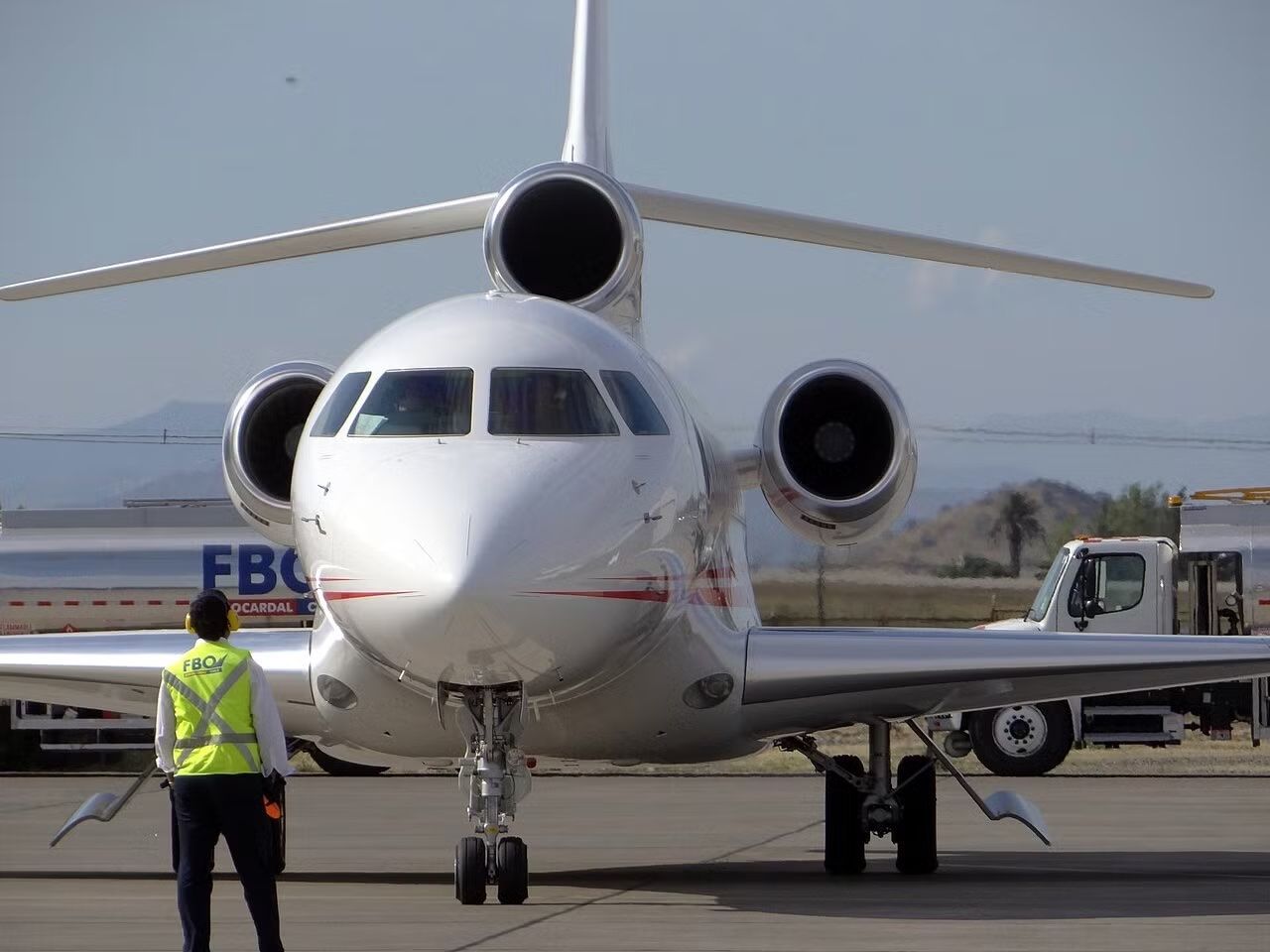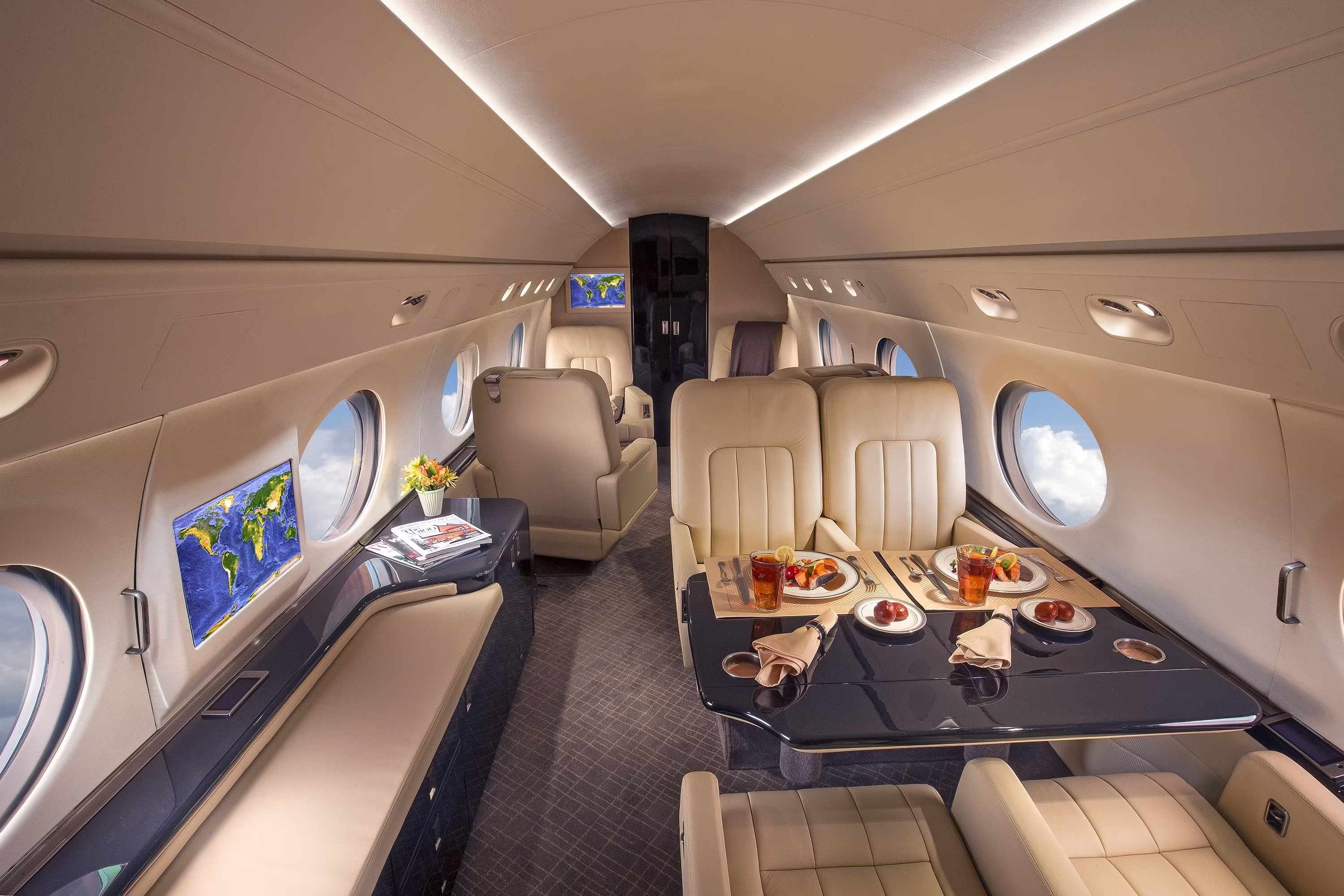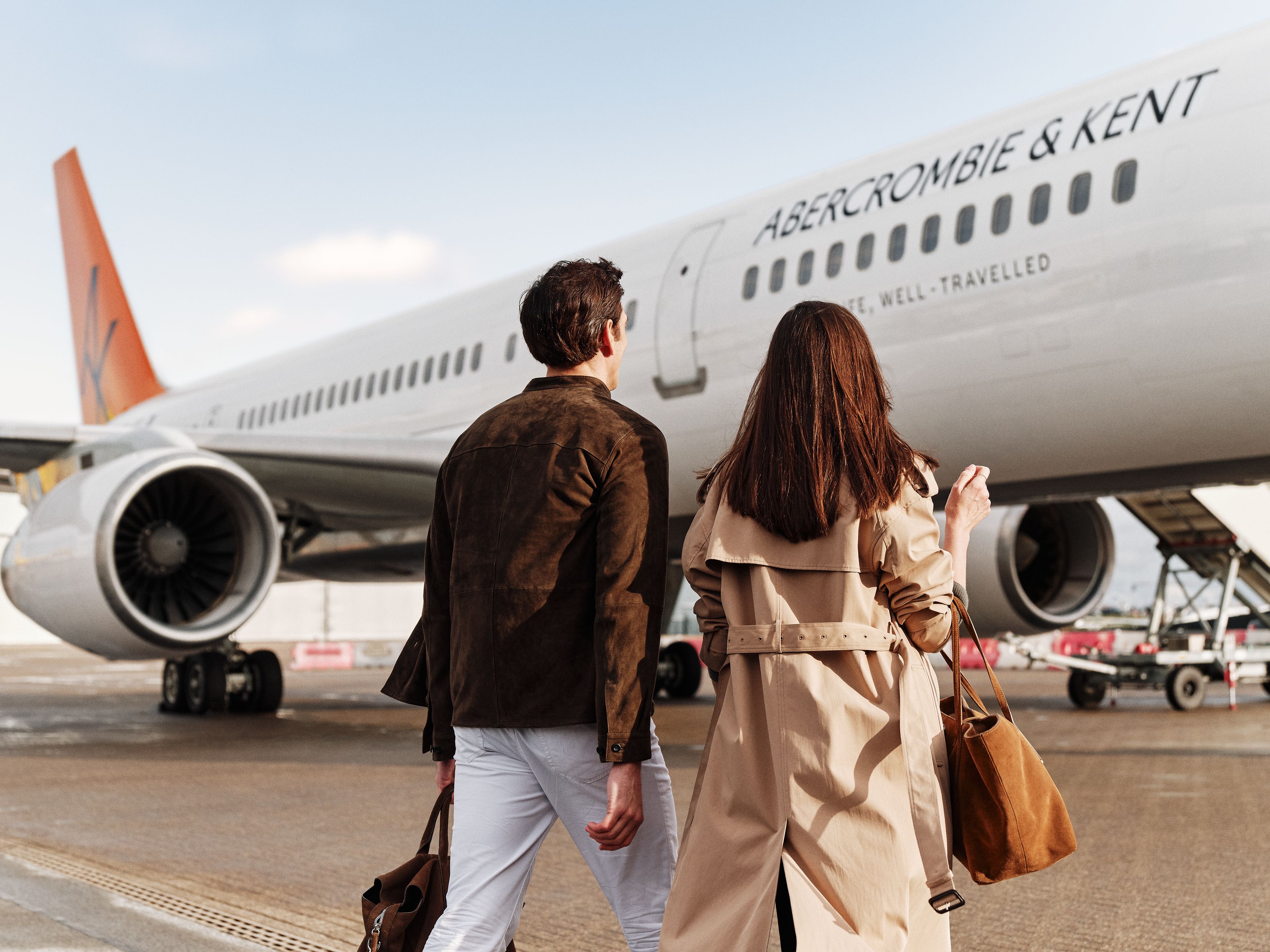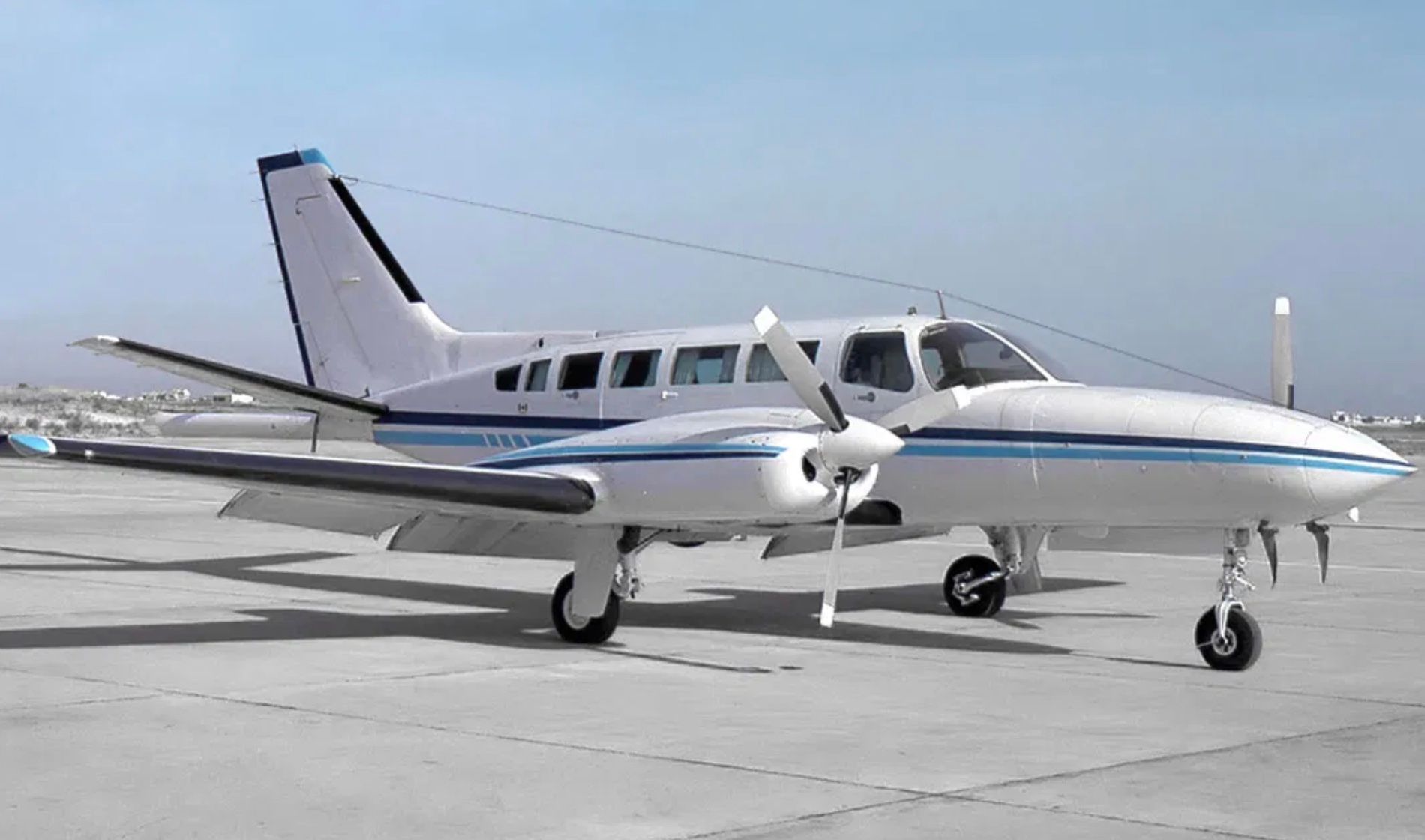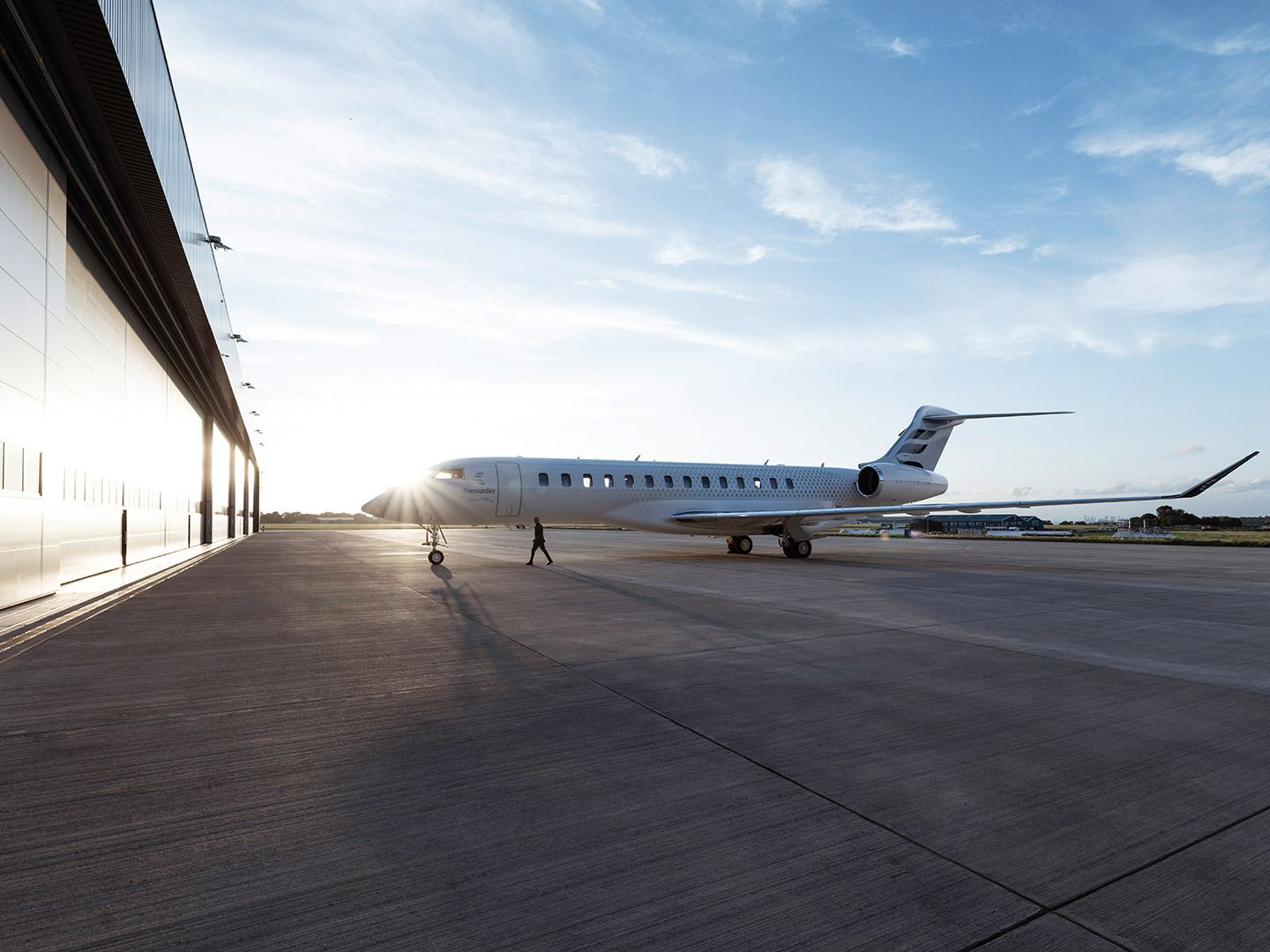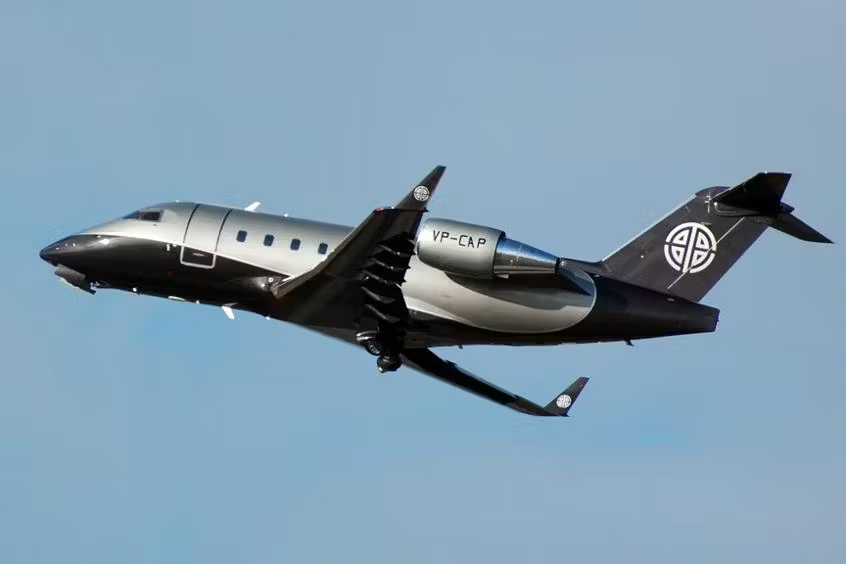Owning a private jet is often perceived as the pinnacle of luxury and convenience, offering unparalleled flexibility and comfort in air travel. However, the financial commitment extends far beyond the initial purchase price. This article provides an in-depth exploration of the various expenses involved, offering a detailed overview to inform your decision-making process.
Initial acquisition costs: new vs pre-owned
The journey to private jet ownership begins with the acquisition of the aircraft. Prices vary significantly based on factors such as the aircraft’s size, range, manufacturer, and whether it’s new or pre-owned.
|
Aircraft Condition |
Description |
|
New aircraft |
Purchasing a brand-new private jet can range from approximately $5 million for light jets to over $80 million for large, long-range models. For instance, the Bombardier Global 7500, known for its luxury and performance, falls into the higher end of this spectrum. |
|
Pre-owned aircraft |
Opting for a used jet can offer substantial savings. Pre-owned jets may cost as little as $1 to $2 million, depending on factors like age, condition, and flight hours. However, older aircraft might incur higher maintenance costs due to wear and tear. |
The next thing to consider when acquiring an aircraft is financing and depreciation. While some buyers may choose to purchase a jet outright, others might explore financing options. Interest rates and loan terms can significantly impact the overall cost. Additionally, private jets depreciate over time, affecting the aircraft’s resale value.
Total annual operating costs
Fixed annual costs
Beyond the purchase price, owners must budget for recurring annual expenses that ensure the aircraft remains operational and compliant with aviation regulations. Fixed annual costs are expenditures that are incurred regardless of the number of hours flown, such as:
- Crew salaries and training
- Hangar fees
- Insurance
Photo: Tom Kuest – Fotograf | Shutterstock
Employing a qualified crew is essential. Annual salaries for pilots and crew members can vary based on experience, aircraft type, and region, with total compensation varying significantly based on factors such as aircraft size and operational requirements. According to BizJetJobs, the average salary of a Global 6000/6500 pilot is in excess of $150,000 a year. Regular training and certifications are also necessary to maintain proficiency and comply with regulations, adding to the overall crew-related expenses.
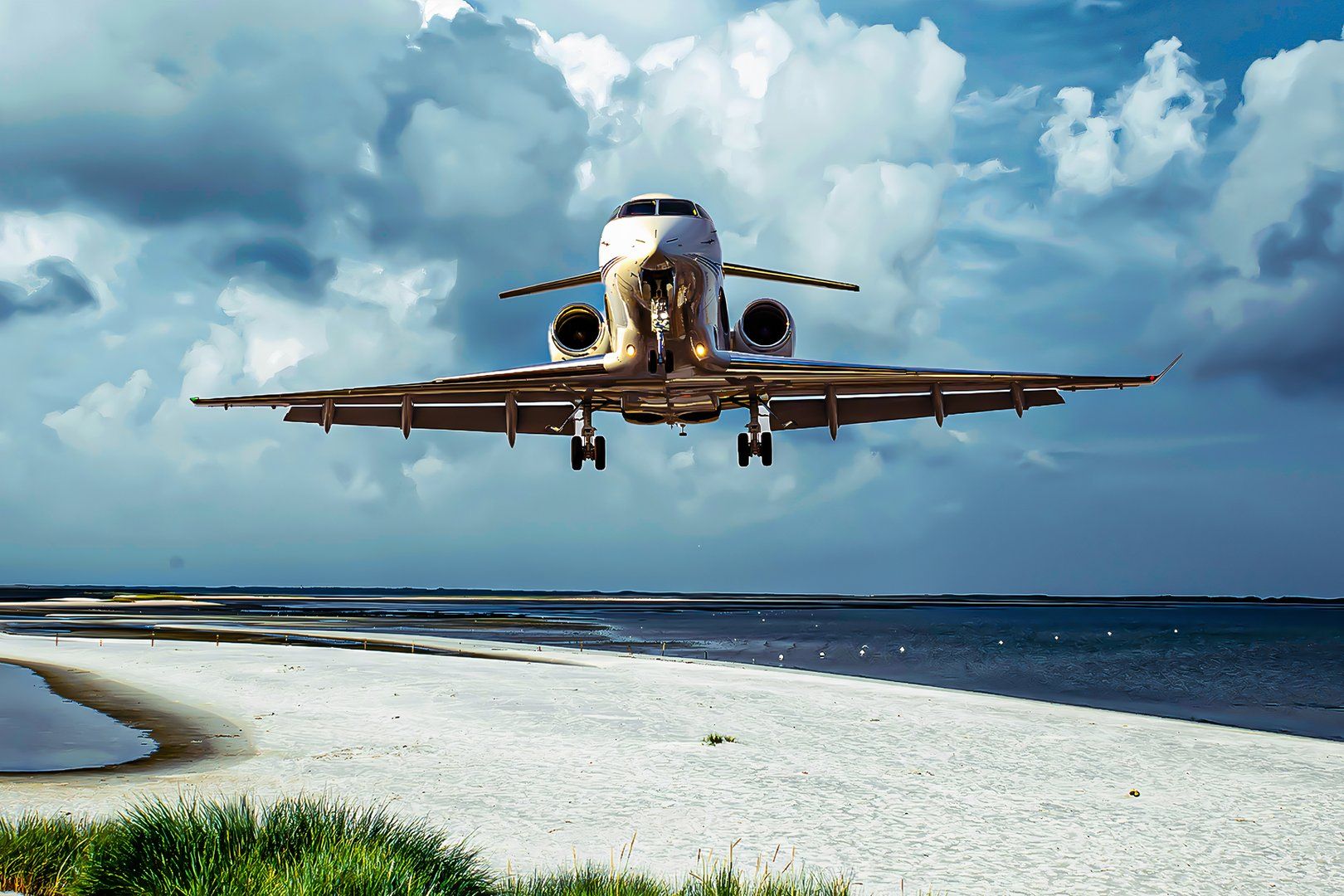
Related
A Look At The Salaries Of Private Jet Pilots In The US
A number of factors influence how much private jet pilots take home.
Storing the aircraft in a hangar protects it from environmental elements and ensures security. Hangar rental fees can vary based on location, facility quality, and aircraft size. For instance, Singapore Air Charter reports that hangar fees can range from $36,000 to $96,000 a year, depending on the size of the aircraft. Annually, this can amount to significant sums, especially in high-demand areas.
Photo: Charter Air Direct
Lastly, comprehensive insurance coverage is vital to protect against potential liabilities and damages. Annual premiums can range widely based on factors such as aircraft value, usage, coverage limits, and pilot qualifications. According to Flying MAG, premiums can range from $10,000 to $500,000 per year. It’s advisable to consult with an insurance broker to tailor coverage to specific needs and ensure adequate protection.
Variable operating costs
On the flip side of fixed costs are variable costs, which are dependent on the number of hours flown. Operating the jet incurs variable costs that fluctuate based on usage, including:
- Fuel expenses
- Maintenance and repairs
- Landing and handling fees
Fuel is one of the most significant operating expenses. The cost of jet fuel can vary based on market conditions and regions. For example, the International Air Transport Association (IATA) averaged the cost of jet fuel in 2025 to be about $87 per barrel, or approximately $2.07 per gallon, per OPIS. A mid-size jet flying 200 hours annually might consume around 36,000 gallons, totaling approximately $74,520 in fuel costs. However, fluctuations in fuel prices can significantly impact these expenses.
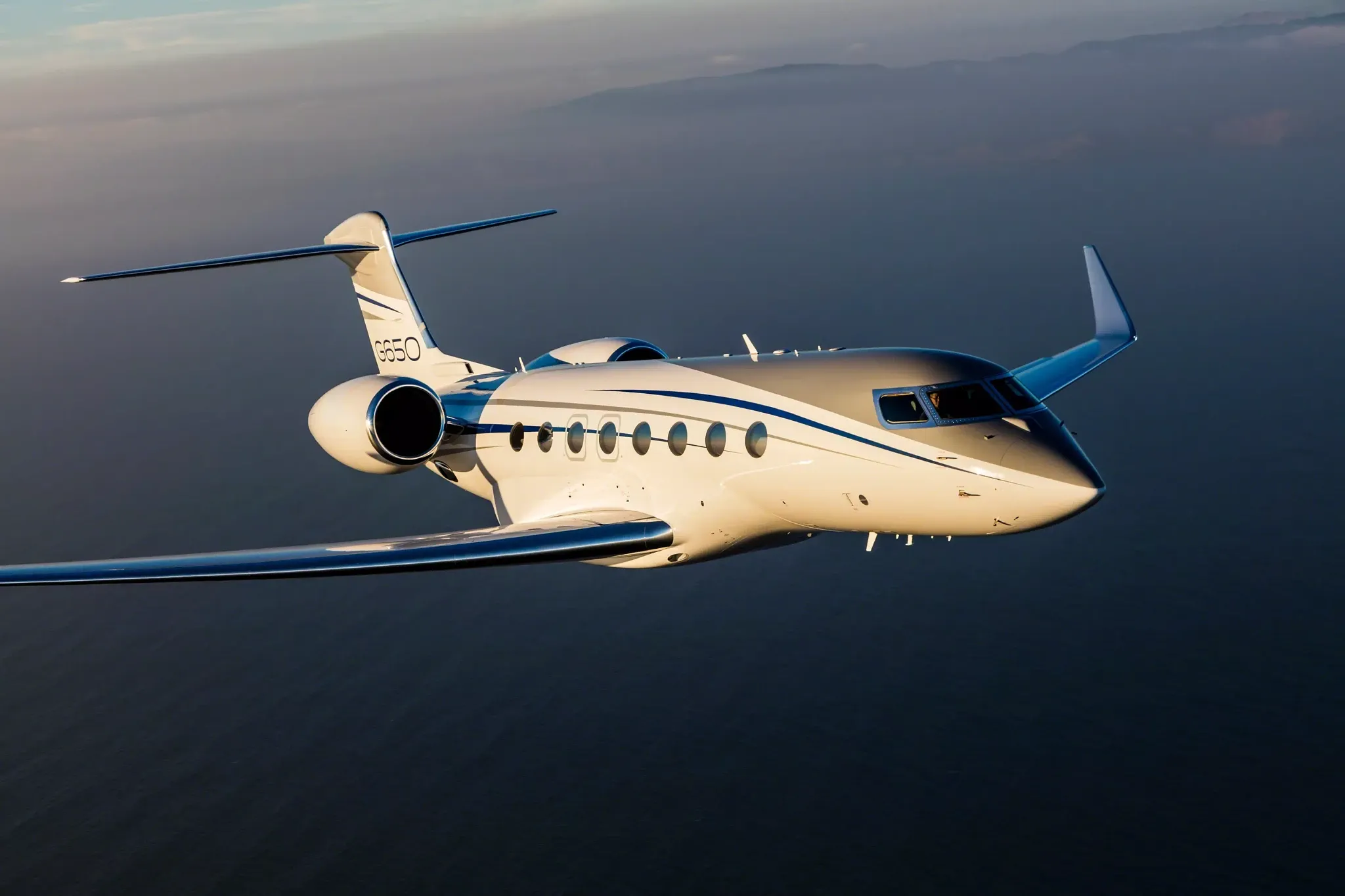
Related
Maintaining Private Jets: How Much Does It Cost?
Depending on the type and size of the private jet, maintenance can cost upwards of a million dollars.
Next up is maintenance – regular maintenance ensures safety and compliance with aviation standards. According to Singapore Air Charter, annual maintenance costs can range from $500,000 to $1,000,000 (or more), including routine servicing, inspections, and unexpected repairs, depending on the aircraft’s age, type, and size. Additionally, older aircraft may require costly upgrades, such as installing Wi-Fi or refurbishing interiors, further adding to maintenance expenses.
Airports charge fees for landing and ground handling services, which can accumulate significantly over time. These fees vary by airport and region and are influenced by factors such as aircraft size and the services required. While these fees may seem modest individually, they can add up, especially for frequent flyers.
Photo: Trans-Exec Private Jets
When combining fixed and variable expenses, the total annual cost of owning and operating a private jet can range widely. Estimates suggest annual costs between a few hundred thousand to a couple of million dollars, depending on factors like aircraft size, usage frequency, and operational choices. These figures underscore the importance of comprehensive budgeting and financial planning for prospective jet owners.
Alternative ownership models
For those seeking the benefits of private aviation without the full financial commitment, alternative models exist.
Photo: Tom Griffiths | Abercrombie & Kent
Fractional ownership
This model allows individuals to purchase a share of an aircraft, reducing upfront and operational costs. For example, fractional ownership programs may start at approximately $215,000 for a jet card with 275 hours of annual access, per Stratos Jets. Fractional ownership is particularly attractive for those who fly between 50 and 400 hours per year, offering guaranteed aircraft availability, professional management, and streamlined logistics without the hassle of full-time ownership responsibilities.
Jet cards and membership programs
Photo: Gulfstream Aerospace
Similarly, jet cards and private aviation memberships have gained popularity for offering prepaid access to private jet services without long-term commitments. With fixed hourly rates and guaranteed availability, jet card programs provide cost predictability and operational convenience.
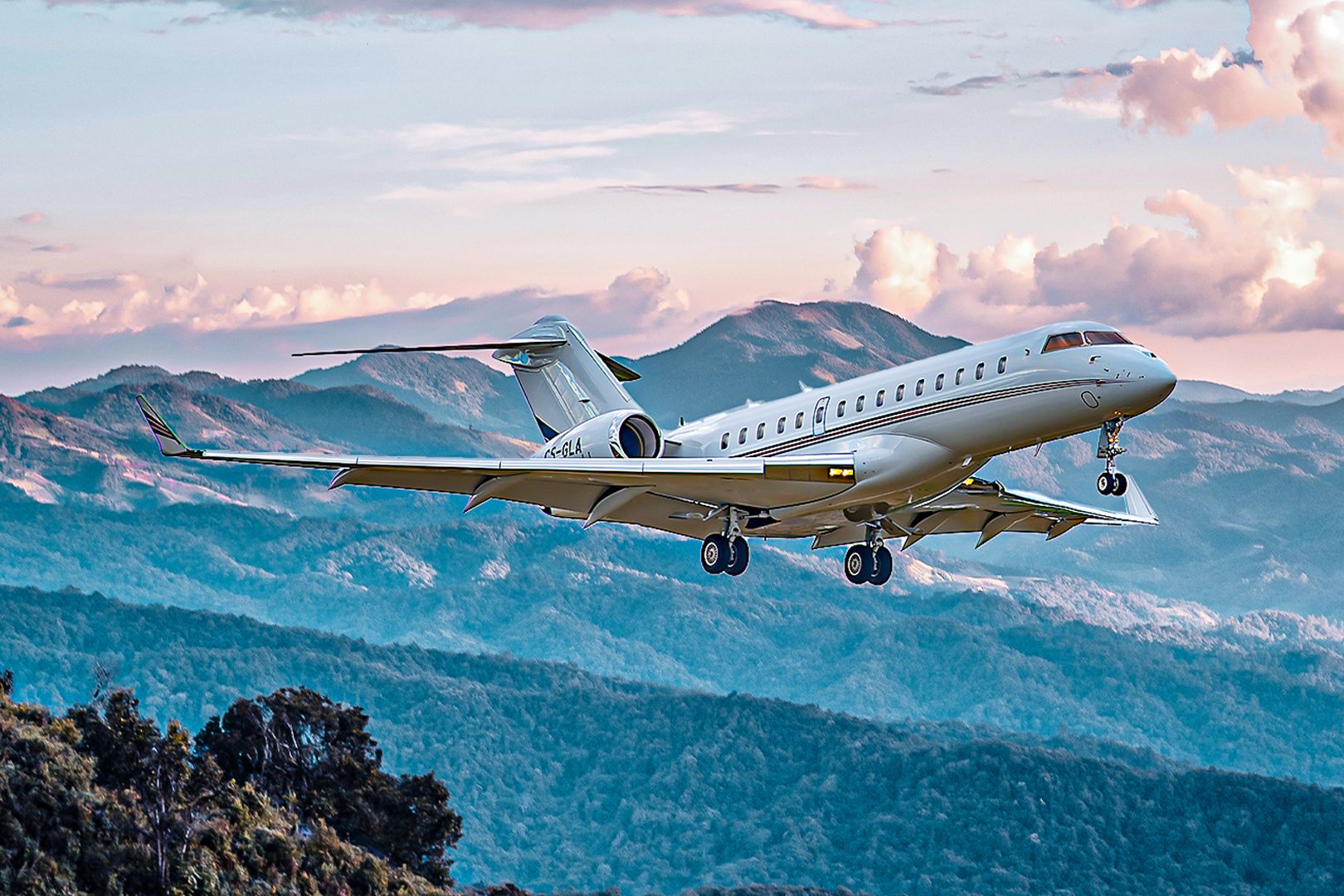
Related
A Guide To Private Jet Card Services In The USA
One of most convenient ways to charter a private jet.
In 2025, entry-level jet cards often start around $100,000 to $150,000, with hourly rates typically ranging from $5,000 to $15,000 depending on aircraft category and provider. While these programs do not offer the same level of customization or personal branding as full ownership, they eliminate maintenance and management concerns entirely.
Charter services
Chartering remains a flexible, pay-as-you-go option for occasional travelers. It’s ideal for those flying fewer than 50 hours annually or for those exploring private aviation before committing to ownership. Depending on the aircraft type, distance, and destination, charter flights in 2025 can cost anywhere between $2,000 per hour for a turboprop and over $12,000 per hour for a heavy jet.
Photo: Private Jet Charter
Platforms like XO, Wheels Up, and JetASAP have made chartering more accessible by offering digital booking tools and real-time pricing, making this option increasingly appealing for infrequent flyers.
Tax implications and incentives
Private jet ownership offers unique tax implications that can be both a burden and a benefit depending on how the aircraft is used. In some jurisdictions, owners may be eligible for tax deductions on operational expenses if the aircraft is used for business purposes.
Photo: Bombardier
In the United States, bonus depreciation continues to be a significant incentive—allowing buyers to deduct a substantial portion of the purchase cost in the year of acquisition. However, this benefit is gradually reducing: according to Aviation Tax Consultants, 2025 offers only 40% bonus depreciation (down from 100% in 2022), unless the aircraft qualifies under a binding contract from prior years that still allows 60% depreciation.
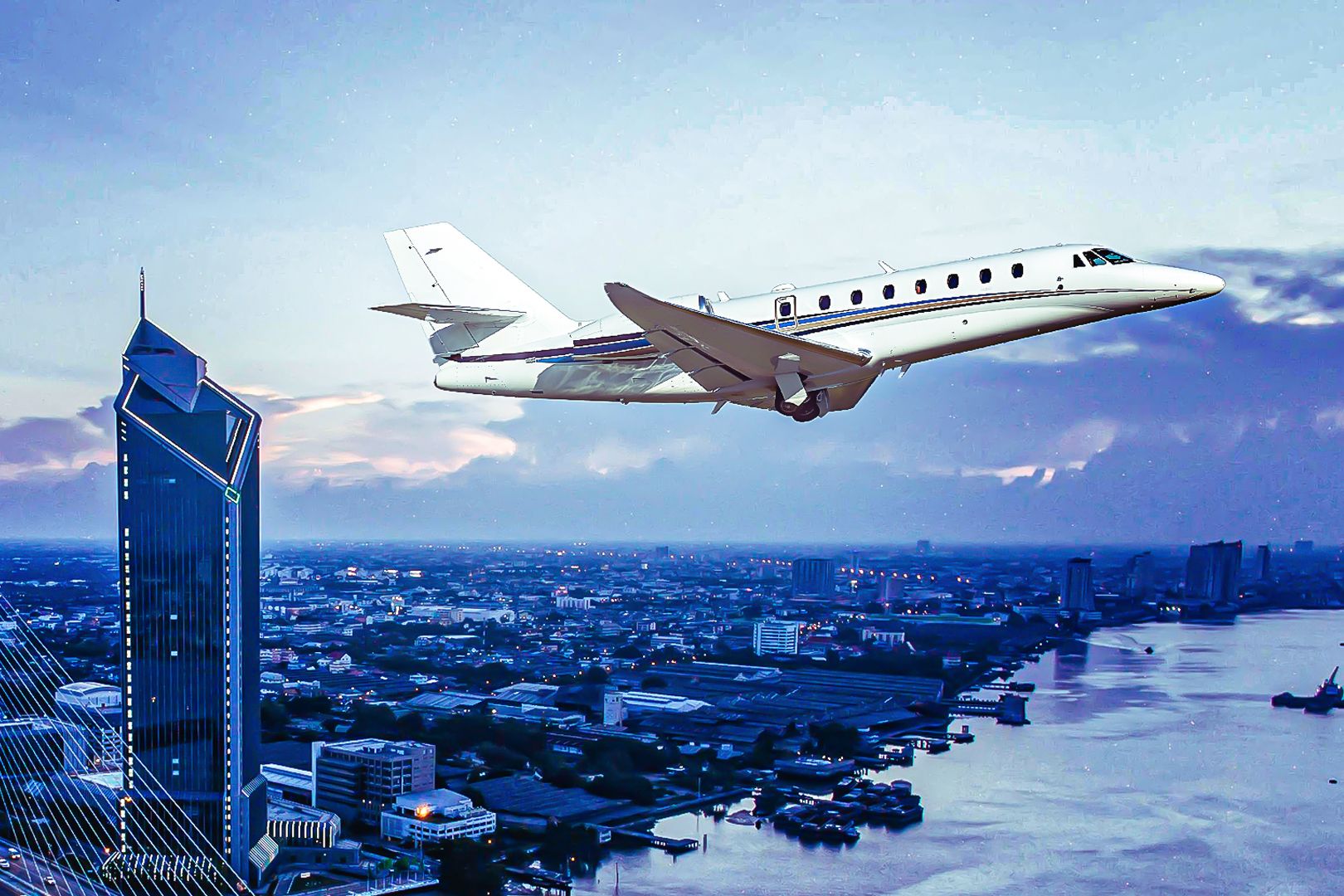
Related
Analysis: The Tax Benefits Of Owning A Private Jet In The USA
Explore the key tax benefits of owning a private jet and how these can make the investment more financially viable.
Owners must work closely with aviation tax consultants to structure aircraft ownership and usage properly—especially if combining business and personal travel—to avoid running afoul of IRS scrutiny or triggering unintended tax liabilities.
Environmental considerations and sustainability costs
As global attention shifts towards sustainability, owning a private jet in 2025 also carries an environmental and social cost. The carbon footprint of private aviation is significantly higher than that of commercial flights. In response, many owners are adopting greener practices, such as carbon offsetting programs and sustainable aviation fuel (SAF) usage.
Carbon offsetting typically costs between $10 to $50 per metric ton of CO₂. A mid-size jet flying 200 hours a year can produce around 500 metric tons of carbon dioxide annually, resulting in offset costs of approximately $5,000 to $25,000 each year. SAF, while reducing lifecycle emissions by up to 80%, is currently two to four times more expensive than conventional jet fuel.
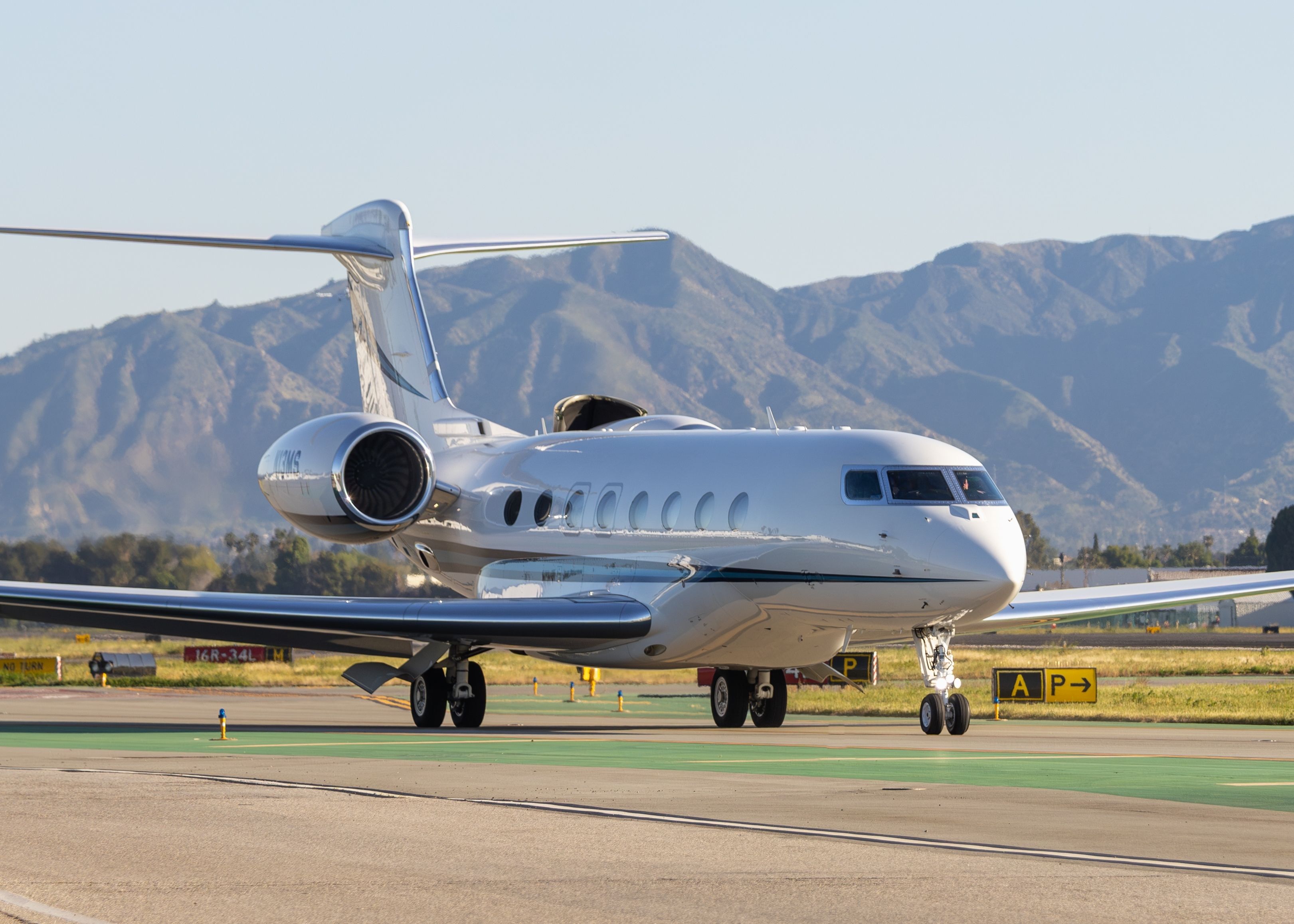
Related
NetJets Purchases Nearly 20 Millions Gallons Of SAF In 2024
The news comes as the company aims to make private aviation more sustainable.
However, as governments and industry invest in greener aviation, some regions offer subsidies or incentives for sustainable practices. The decision to operate sustainably may not be financially mandatory, but for many owners—especially high-profile individuals and corporations—it is becoming a reputational necessity.
Hidden and unexpected expenses
Beyond the obvious and recurring costs, owning a private jet includes several lesser-known expenses that can catch new owners off guard. For example:
- Interior Refurbishment: Every few years, owners may opt to update cabin interiors for aesthetic reasons or to stay competitive in the charter market. These upgrades can cost anywhere from $100,000 to over $1 million depending on the materials, layout, and tech integrations.
- Regulatory Compliance: Adhering to global aviation standards can result in unexpected costs, such as mandatory avionics upgrades (e.g., ADS-B compliance), international operating permits, or privacy services for flight tracking.
- Management Fees: If the owner chooses to work with a management company to handle logistics, staffing, maintenance, and compliance, expect to pay between $100,000 to $250,000 annually for professional oversight.
- Opportunity Cost: Tying up millions of dollars in a depreciating asset rather than investing it elsewhere is a financial trade-off often overlooked during the initial excitement of aircraft ownership.
The lifestyle value: is it worth it?
Despite the extensive costs, many jet owners will tell you the value lies not in dollars and cents, but in the lifestyle. The ability to fly on your schedule, access remote airports, avoid commercial travel disruptions, and create a personalized onboard environment offers convenience and peace of mind that money alone can’t measure. For high-level executives, celebrities, or individuals with tight travel schedules and security concerns, this freedom is often worth the expense.
That said, it’s vital to understand the economics. Private jet ownership is a financial decision as much as it is a lifestyle one. Anyone considering it in 2025 should have a clear picture of how often they’ll use the aircraft, what type of aircraft suits their needs, and whether alternative models might better align with their goals and budget.
From fixed and variable costs to tax implications and sustainability concerns, the true cost of private jet ownership is complex and multifaceted. Prospective buyers should conduct a thorough cost-benefit analysis, work with trusted aviation advisors, and evaluate their actual flight needs before making a commitment. Whether full ownership, fractional shares, or chartering, private aviation offers unparalleled access—but that access comes with a price.


